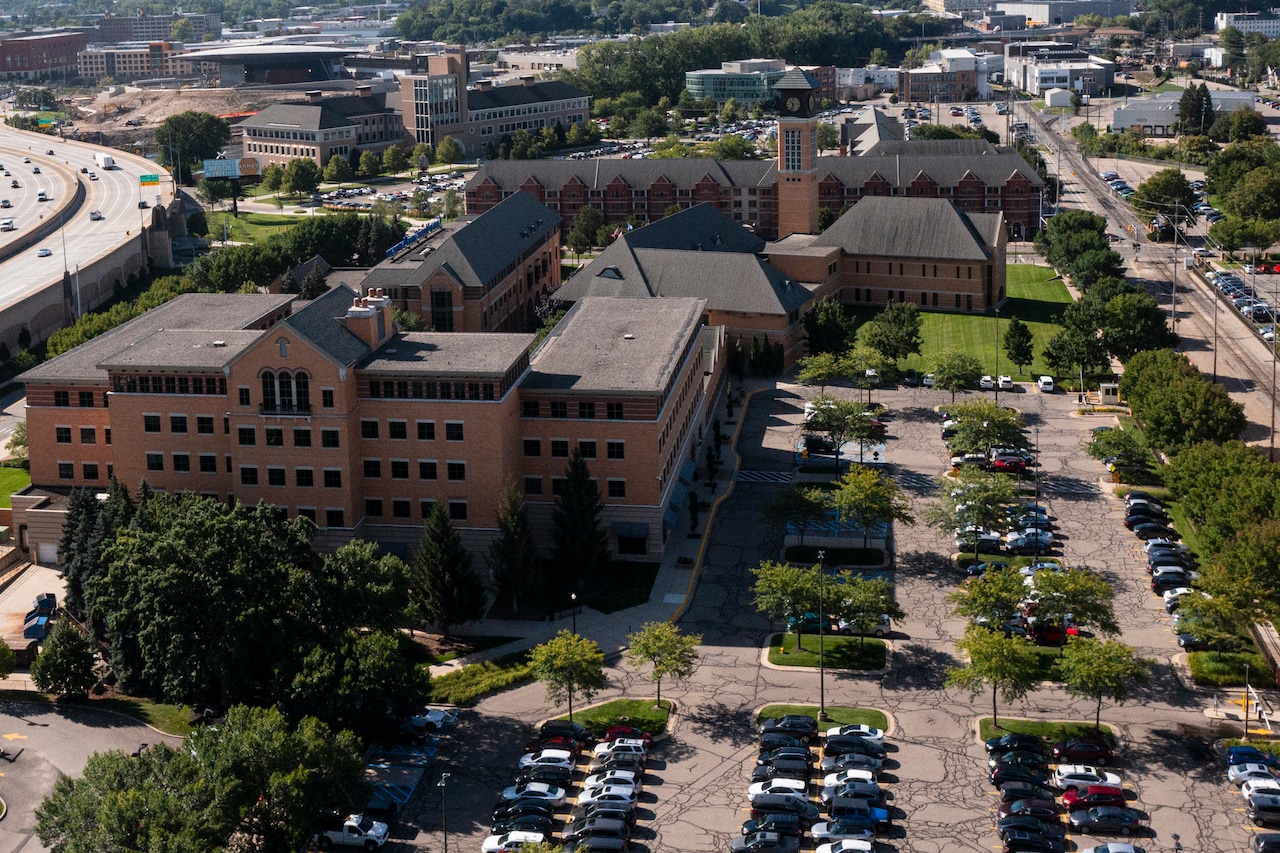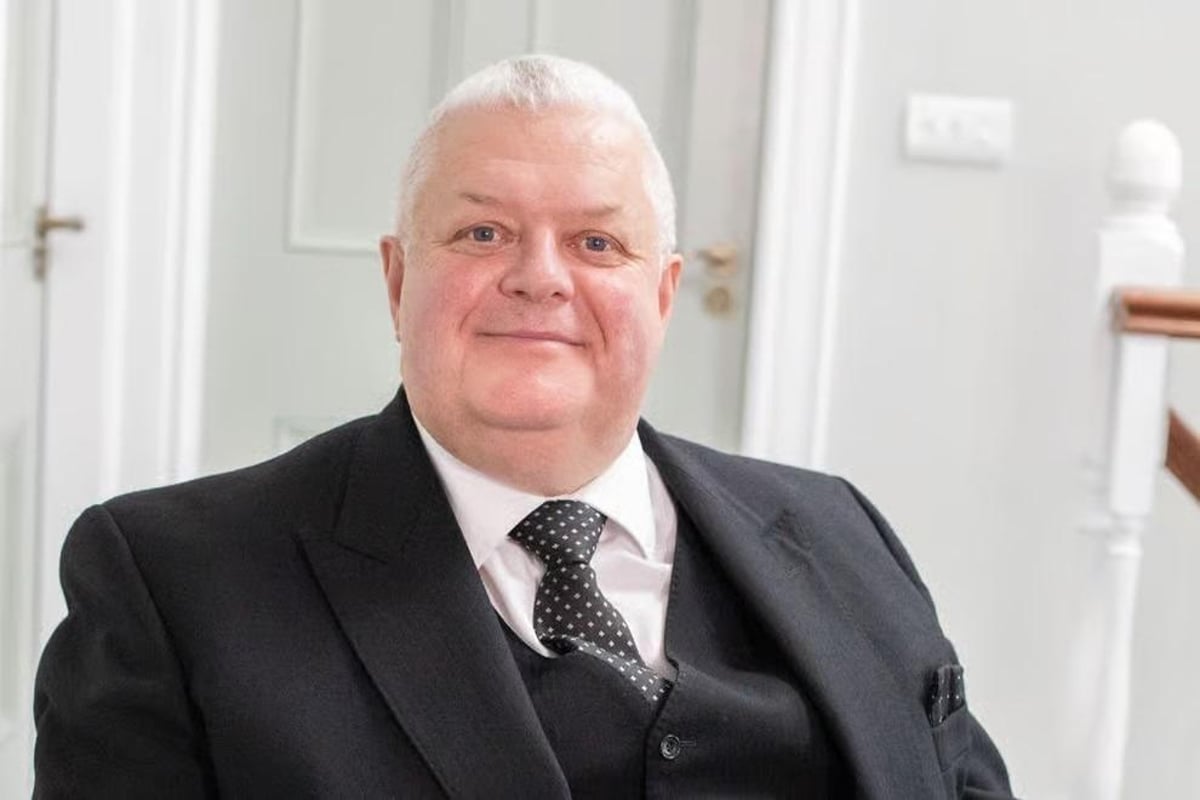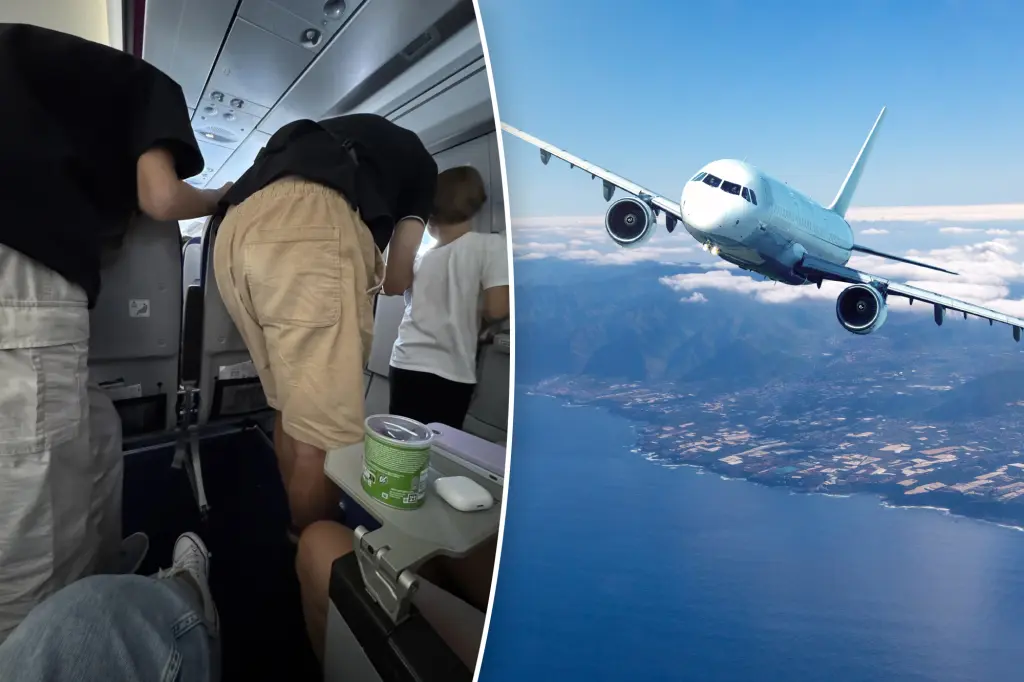
GRAND RAPIDS, MI – Leaders at Grand Valley State University (GVSU) are lobbying for more state funding and parity with other schools to provide students more resources and programming.
GVSU President Philomena Mantella cited the university’s economic impact on the state as the reason why it is a good investment.
She presented a new report Thursday from the Seidman College of Business, which shows the university generated $3 billion in annual economic impact for Michigan last year.
Mantella described that is equivalent to the economic impact of “10 Super Bowls,” when it comes to their effect on the surrounding community.
Super Bowl economic impact varies, with Super Bowl 59 held in New Orleans most recently generating around $1.25 billion in 2025. That included around $82.7 million in state and local tax revenue.
GVSU’s report, which looks at the 2023-24 fiscal year, was authored by the Seidman College of Business and released Oct. 2. It looks at the total impact of economic activity through both university and alumni spending.
Mantella said the report affirms the goal thought up by GVSU’s founders – to have an impact on the surrounding community. She’s hopeful it will show elected leaders in Michigan the importance of giving GVSU additional funding.
“We’re very grateful for what we have received, but we are always mindful of how much more we could do if we had those resources,” she said.
“GVSU generates tax revenue that is more than triple the amount we receive in state appropriations,” Mantella said.
For every $1 invested by Michigan taxpayers, the university says it delivers a $31 return to the state.
The report also finds the university generates $369 million in tax revenue annually, compared to a little over $99 million in GVSU’s annual state appropriation for 2024-25.
“That was the 2024 number,” she said. “We’re hoping the 2025 number will be larger.”
Mantella said GVSU now receives a little under $2,000 per pupil in taxpayer dollars compared to the state average for public universities. The report had GVSU getting $4,372 per student, while the state average per pupil was $6,280.
Compared to just under $100 million GVSU got in the 2024-25 budget, Michigan State University (MSU) received just over $326 million, and the University of Michigan’s Ann Arbor campus alone got over $365 million, according to an MLive analysis.
But by comparison, GVSU got more funding than similarly-sized institutions like Ferris State University, which got around $61 million, and Central Michigan University, which received a little over $97 million.
Mantella said GVSU’s impact warrants still more funding.
To Paul Isely, an associate dean and economics professor for the Seidman College and one of the report’s two authors, GVSU appears to be a “no risk option” when it comes to state funding.
“These numbers were relatively surprising to us,” he said. “They were bigger than what we expected.”
GVSU generates $2.3 billion in direct spending.
According to the report, GVSU’s direct annual spending is a little over $2.3 billion, which includes $787 million in university and student expenditures and $1.6 billion in alumni earnings.
This spending results in a total economic output of $3 billion and over 116,000 jobs sustained, the report says, including from 98,880 alumni working in Michigan.
By comparison, a 2018 report released by the W.E. Upjohn Institute for Employment Research found that GVSU contributed $849 million to the economy. That report did not include data on earnings by GVSU graduates working in the state, however.
A big portion of GVSU’s latest total is the university’s own direct spending – that $787 million – which includes things like research, athletics, capital projects and student expenditures.
In 2023-24, GVSU spent $19.5 million on direct capital expenditures, for example.
GVSU’s calculation also includes $251.1 million in direct spending by currently enrolled students. In 2025-26, the university enrolled 22,035 students.
When the $787 million is expanded to also include indirect spending, or the money GVSU pays out that others then put back into the West Michigan economy, GVSU’s contribution becomes $1.3 billion.
Randy Thelen, CEO of The Right Place, a Grand Rapids-based regional economic development group, said there’s no denying the role that the university has played in West Michigan’s growth.
“The growth of Grand Valley State University and the growth of Greater Grand Rapids are clearly correlated,” he said. “… In this case, I would argue that it’s not only highly correlated … correlation does mean causation.”
Alumni contributions account for $1.6 billion.
The report does not compare spending and economic impact from previous years at GVSU in the same way.
Isely said there are traditionally two different ways to calculate university value, the first of which has been done over and over. Counting up university spending, which Isely said is the norm, has “missed the mark,” however.
“That’s not the value of the university,” he said. “The value of the university is in our graduates, not in what we’re doing at a particular moment in time.”
Instead, he said this report also calculates alumni spending, specifically graduates who stay and earn income in Michigan.
The total for those who stay in Michigan is about $7.6 billion for around 98,880 alumni, but Isely said, “We can’t take credit for all of that.
“They would be earning money whether they came here or not,” he said. “Our job as economists is to figure out what’s the incremental amount that’s added because they came to Grand Valley.”
That amount, he said, is about $1.6 billion, “and that’s every single year.”
Thelen described GVSU as a driver of talent and a “committed partner in building a thriving economy.”
Most important among the evidence, he said, is around 80% of Grand Valley graduates staying in Michigan.
According to a 2024 report by the W.E. Upjohn Institute for Employment Research, 79% of GVSU graduates stay in state after graduation, and 4.9 graduates are retained per $100,000 from the state.
“More than 80% of students are recruited from across the Midwest and around the country and beyond,” he said. “They come here for a high-value, quality education, and they stay because of the opportunities and the quality of life we deliver here.”
He said those students who choose to stay add to Michigan’s population and deepen the region’s talent pool.
“This is what modern economic development looks like in action, a university that not only educates but actively engages with industry, with healthcare and entrepreneurs and with communities all across Greater Grand Rapids,” he said.



